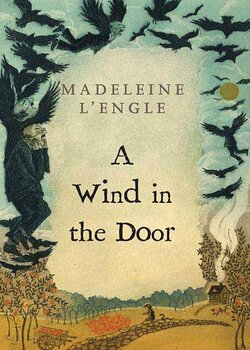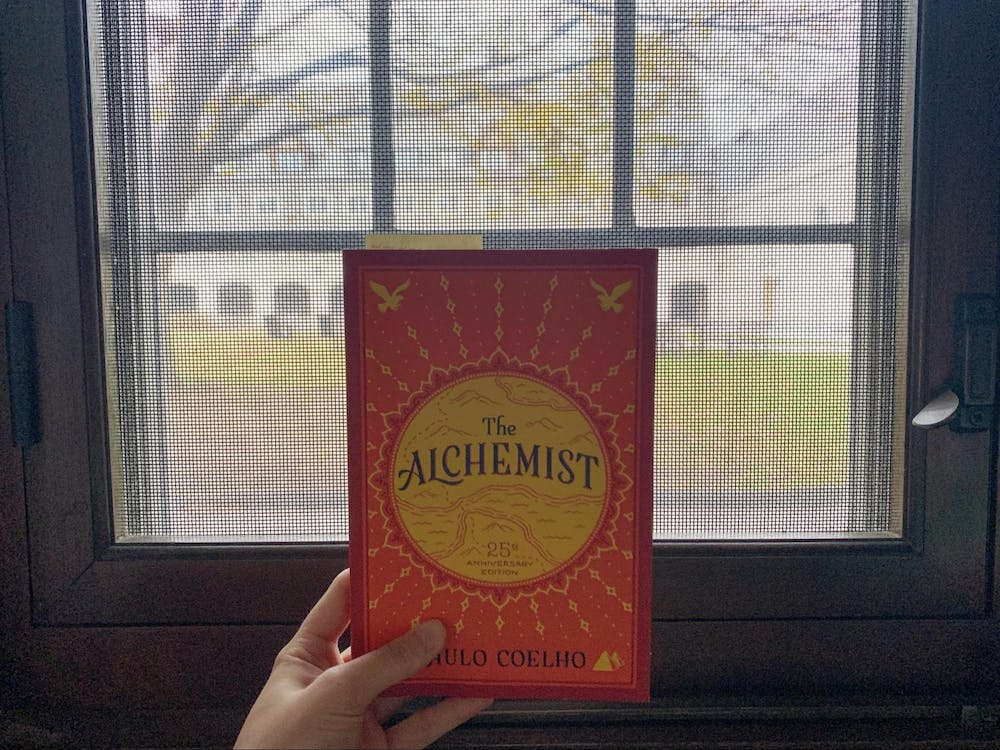
A Wind in the Door is the second book in the Time Quentet series by Madeleine L’Engle, coming after A Wrinkle in Time. It’s an interesting story, but it’s a bit up and down in how it tells the tale. It mixes together ideas from science fiction and fantasy in a complicated way. I liked A Wrinkle in Time, so I was excited to read this next book. I wanted to see what new adventures and changes would happen in the world L’Engle created and to the characters I’ve grown to love.
The book keeps telling the story of the Murry family, especially concentrating on Meg Murry and her little brother, Charles Wallace. This time, Charles Wallace is sick, and it’s very serious. The story quickly changes from being straightforward to being very complex and exciting. It includes big ideas about tiny living things (microbiology), space and the universe (cosmology), and deep, thoughtful ideas that are hard to see or touch (metaphysical concepts). The way the author, L’Engle, mixes these big and tough ideas into a book for young people is as amazing as it is brave.
One of the best parts of the book is how the characters change and grow, especially Meg. In the first book, she was unsure of herself and quick to get upset. But in this book, we see her become more thoughtful and brave, which is shown well. Also, her growing friendship with a boy named Calvin O’Keefe is a sweet part of the story that makes it even better. Charles Wallace, Meg’s little brother, is really important in the story, but he doesn’t change or grow as much as Meg does. Sometimes, it feels like he’s just there to help the story move along, rather than being a fully developed character like Meg.
L’Engle’s ideas about time not always going in a straight line and how everything living is connected are interesting but can also be confusing. She introduces kything – which is like talking through thoughts without speaking – and the adventure inside Charles Wallace’s mitochondria, tiny parts inside cells. These ideas are creative and bold. But sometimes, they can make the reader feel a bit lost, trying to understand these complicated science and deep-thinking ideas that don’t always fit perfectly into the story.
The speed of the story in the book changes a lot. Some parts are really exciting and move quickly, but other parts are slow and filled with a lot of explanations and deep thoughts. This difference in speed can sometimes take away from the main point of the story, which is about trying to save Charles Wallace’s life. It’s like the story sometimes stops for a bit before it gets going again.
In this book, the bad guys are called the Echthroi. They are really interesting because they represent nothingness and the idea of things being taken away or undone. They are kind of like a big, empty space. But because they’re so different and not like usual bad guys, they can be hard to understand, especially for kids. Unlike A Wrinkle in Time, which had a clear bad guy, this book doesn’t have a villain you can easily picture. This might not be as enjoyable for people who like a simple, clear fight between good and bad.
The big themes in the book about love, giving up things for others, and battling against bad forces are just as strong here as they were in the first book. L’Engle tells us something encouraging and makes us think: every person, even if they seem small or unimportant, has an important part to play in the world. This message makes you feel strong and gets you thinking about how everyone matters.
A Wind in the Door is a brave and creative follow-up book. It’s not perfect and has some parts that are not as good, but it still offers a deep and interesting story. If you liked A Wrinkle in Time might find this book a bit different because it focuses on new things and has more complex ideas. However, it’s still a good next chapter in the adventures of the Murry family. This book mixes science fiction and fantasy in a special way that makes readers, especially kids, think more about the world and their own role in it.


